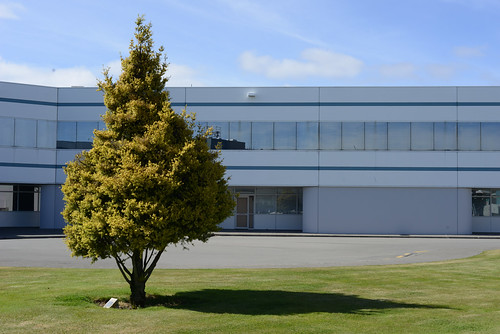RECENT ARTICLES
- CEBRA: An optimised and standardised sampling protocol for BioBlitz
- Stop it people, the plural of anecdote IS data!
- That's no pollinator, that's a flower visitor
- Add a scale to your macro photos
- What to photograph when counting the wild
- Imagine counting the wild on EVERY street in a city!
- My wild counting workflow
- A butterfly flew through
- Why iNaturalist observations without photos can be research grade
- Why you shouldn’t use a spreadsheet for data entry
- All articles ...
Nature photographs without locations are as useful as golden tōtara trees
Please consider sharing your nature photos online with the accurate date, time, and location information.
written Sep 9, 2018 • by Jon Sullivan • Category: Wild Soapbox

A golden tōtara tree is an attractive but useless tōtara tree. A natural tōtara is a New Zealand native tree that, when female, produces masses of fruits for birds to eat. A golden tōtara is a popular but sterile horticultural cultivar of tōtara with golden yellow foliage. It makes no fruit. When a golden tōtara is planted in a city park or garden instead of a natural tōtara, it is a lost opportunity to create habitat for fruit-eating birds.

Nature photos shared online without location information (geotags) are like golden tōtara trees. They look pretty but they’re a lost opportunity because they could have been so much more useful. Nature photos, of species or habitats, that have geotags are a digital equivalent of museum specimens. They make an often irreplaceable record at that time and place of that habitat, species, behaviour, or species interaction.
Publicly shared photos are often the only records made of species from particular places, and times of year. These are jigsaw puzzle pieces that researchers can combine to build pictures of species’ distributions, natural history, and seasonality. When species distributions are overlaid with climate data, researchers can also predict how species may respond to changing climate conditions. The more jigsaw puzzle pieces, the more complete is the picture.
It saddens me that so many great nature photos are shared online with no geotags. There are lots of reasons why photos lack geotags and I acknowledge that some make sense, especially removing the locations of photos of poachable endangered species. Most don’t make sense though, like companies locking their users’ content inside impenetrable silos (hello Facebook) or photographers not bothering to add locations to their photos.
A curator of a natural history museum would be excited to receive a box of good quality biological specimens all clearly labelled with accurate dates and locations. If exactly the same specimens had no location information, they’d be thrown away, or the curator would politely decline the donation. The difference in importance is stark.
With online photos, it takes very little effort to go from a golden tōtara to a real tōtara. Every with a smart phone is carrying a GPS in their pocket, and that’s just about everyone these days. If you use a camera without a GPS, you can still use your smart phone’s GPS to track your movements and use those tracks to geotag all your photos.
If you photograph nature, I’d encourage you to make your photos much more than just pretty things to look at. You can easily do that just by including your photos’ locations when you share them online.